The 1970s were a time of bold experimentation in home design—a decade when self-expression reigned supreme and subtlety took a backseat to statement pieces and eye-popping color. What seemed sophisticated and modern back then often makes us cringe or laugh today. Remember begging your parents for that shag carpet or saving up for the perfect macramé owl to hang in your first apartment? Here’s a nostalgic look at the design trends we once coveted that now seem almost alien to modern sensibilities.
1. Shag Carpeting That Swallowed Small Objects
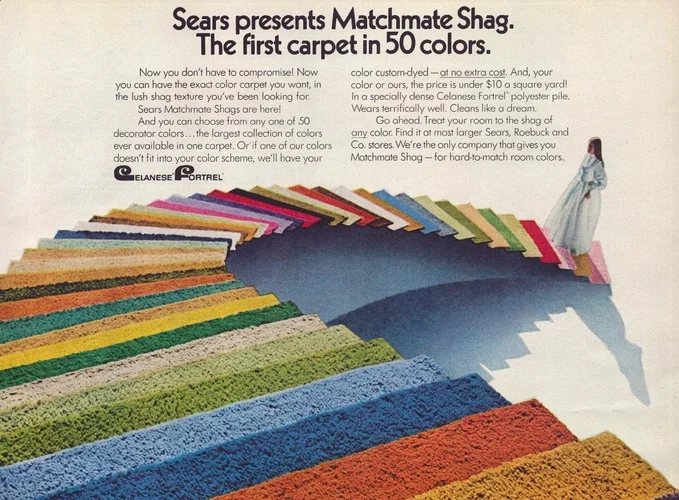
Nothing said luxury in the 1970s quite like sinking your bare feet into a sea of deep, plush carpet fibers that stood at attention like tiny soldiers across your living room floor. These textile jungles came in audacious colors—harvest gold, burnt orange, avocado green—and required special rakes (yes, actual carpet rakes!) to maintain their fluffy appearance after being walked on. The deeper the pile, the more prestigious your home, even though these floor coverings became notorious hiding spots for dropped items, collecting dust, and harboring allergens that would make modern clean freaks break out in hives just thinking about it. Home Style Carpets & Flooring explores the specific reasons why we’ve caught shag carpeting at just the right time for a comeback.
Looking back, we now realize these carpets were essentially domestic quicksand, capable of swallowing TV remotes, small toys, and loose change without a trace. The maintenance was relentless—those special vacuum cleaners with adjustable height settings became household necessities, and heaven help you if someone spilled red wine or fruit punch on your pristine shag. Yet somehow we overlooked these practical downsides, mesmerized by the tactile experience and the way these carpets transformed ordinary rooms into what we genuinely believed were sophisticated living spaces rather than what they actually resembled: indoor putting greens covered in radioactive moss.
2. Wood Paneling Everywhere
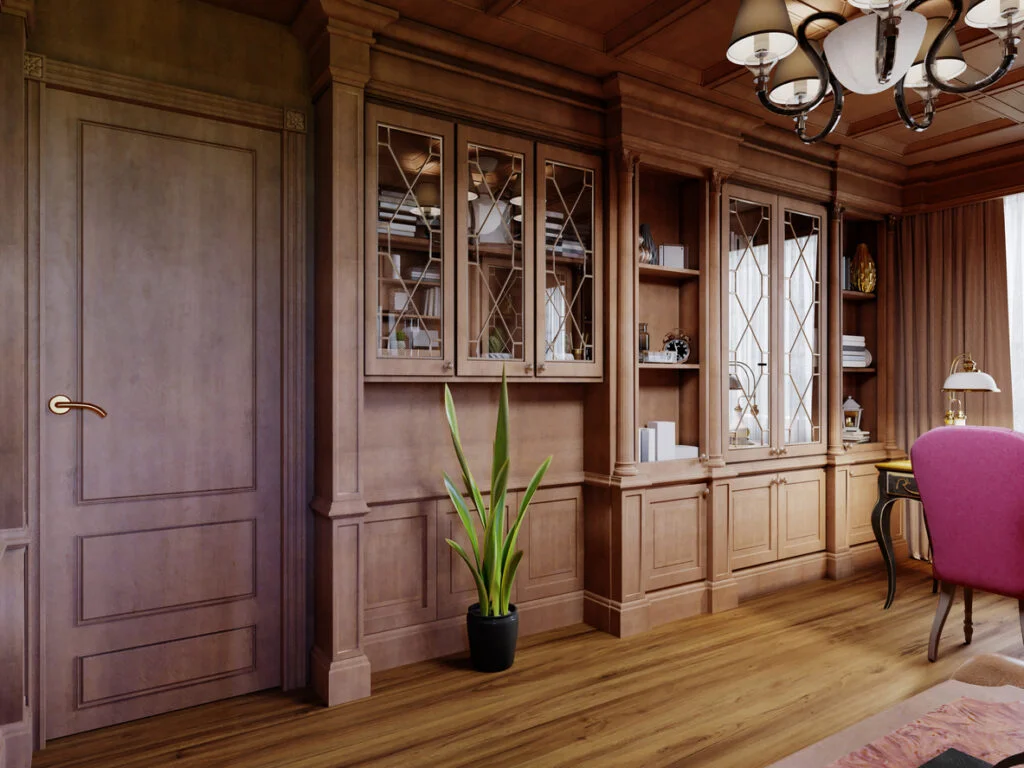
The ’70s home wasn’t complete without dark wood paneling covering every possible vertical surface, turning perfectly bright rooms into what now looks like the inside of a cigar box. This faux-lumber look supposedly created warmth and natural ambiance, but in reality transformed living spaces into cave-like dens where family photos disappeared into the darkened backdrop. Entire basement rec rooms became wooden cocoons, with sheets of paneling applied directly over existing walls to instantly achieve that coveted “hunting lodge in suburbia” aesthetic that somehow appealed to our collective consciousness. Old World Timber https://www.oldworldtimber.com/reviving-70s-wood-paneling/offers advice on how to modernize old wood paneling features.
The wood veneer—often just printed paper pattern with no actual wood involved—peeled at the seams over time, creating an unintentional distressed look that wasn’t part of the original design plan. Those seams where panels met became unavoidable vertical lines marching across walls like prison bars, impossible to disguise with any furniture arrangement. Today’s home renovation shows often feature the cathartic removal of this paneling, typically followed by gasps of delight as homeowners discover their rooms are actually twice as bright without the light-absorbing wooden wallcovering that once represented the height of domestic sophistication.
3. Harvest Gold and Avocado Green Appliances
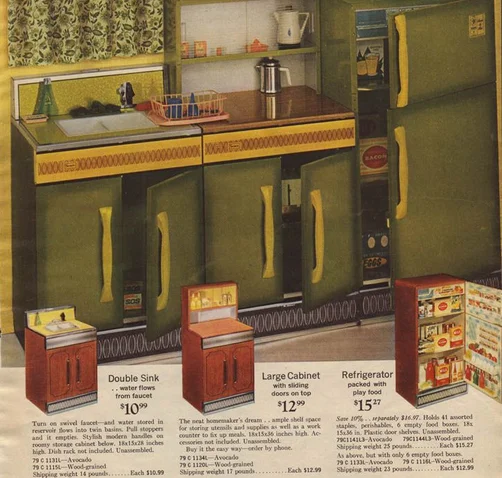
The ’70s kitchen made bold color statements with appliances in now-infamous shades that dominated the decade—harvest gold, avocado green, and coppertone brown were must-haves for the fashion-forward homemaker. Refrigerators, stoves, dishwashers, and even washing machines proudly sported these colors, turning utilitarian objects into style statements that anchored kitchen design schemes. These weren’t just appliances; they were investments in domestic status, with matching sets representing the pinnacle of kitchen coordination that today’s stainless steel uniformity can’t quite capture.
The commitment to these colors was truly impressive, extending beyond major appliances to blenders, toasters, can openers, and even bathroom fixtures—creating a color-coordinated world that seems almost comically specific to modern eyes. Many of these color-saturated workhorses proved remarkably durable, with harvest gold refrigerators still humming away in basements across America, outlasting dozens of design trends that followed. Their persistence decades later serves as a vibrant reminder that what once represented cutting-edge home fashion now immediately time-stamps a kitchen renovation (or lack thereof) as surely as carbon dating identifies archaeological artifacts.
4. Conversation Pits

The ultimate symbol of ’70s architectural sophistication was the conversation pit—a sunken living area typically centered around a fireplace where people would gather on built-in seating for intimate discussions. These architectural features literally dropped guests a few steps down into a cozy square or circular depression filled with cushions and typically surrounded by shag carpeting, creating a designated zone that practically mandated social interaction. The design conveyed an optimistic belief that people actually wanted to face each other and engage in meaningful dialogue rather than stare at screens.
These architectural features now present fascinating challenges for home renovators who often fill them in to create level flooring better suited to contemporary furniture arrangements and lifestyle needs. The amusing irony is that the very design meant to encourage connection and conversation has become obsolete in our hyperconnected world, where digital distractions have replaced the need for architectural nudges toward face-to-face interaction. Modern homebuyers encountering an original conversation pit often react with a mixture of nostalgic appreciation and practical concern, wondering where they’d put their sectional sofa or how to prevent toddlers from tumbling into what essentially amounts to an indoor decorative moat.
5. Macramé Everything
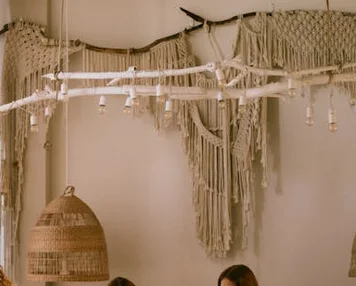
The ’70s saw hand-knotted cotton rope transformed into an astonishing array of decorative items that dangled from ceilings and walls across America. Plant hangers were the gateway macramé item, but true enthusiasts quickly graduated to elaborate wall hangings, room dividers, lampshades, and the iconic owl—its round glass eyes staring out from knotted feathers in countless apartments and dorm rooms. The more elaborate and large-scale the macramé, the better, with some pieces reaching truly impressive dimensions that required structural support considerations.
This craft trend represented the decade’s embrace of handmade, natural aesthetics that pushed back against mass production, yet ironically became so ubiquitous that it lost its counter-culture credibility. The dust-collecting properties of these textile creations eventually contributed to their downfall, along with the realization that discoloration from sunlight and smoke (remember, people lit up indoors back then) transformed pristine white cotton into an unintentional ombré of beige, gray, and yellow. Today’s macramé revival maintains the handcrafted appeal but with significantly more restraint in scale and application—a tacit acknowledgment that our ’70s predecessors may have taken a good thing a bit too far.
6. Waterbeds
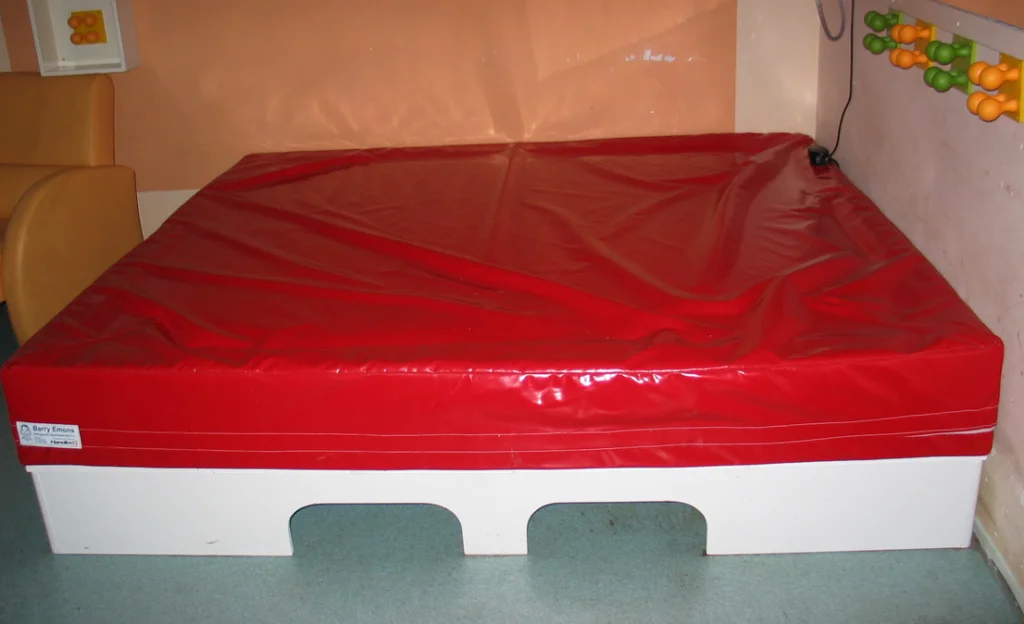
The ultimate bedroom status symbol of the ’70s was the waterbed—a vinyl mattress filled with heated water that promised the most natural sleep experience through floating support. Enthusiasts praised these undulating sleep surfaces for their therapeutic benefits, temperature control, and unspoken suggestion of aquatic adventure, investing in elaborate hardwood frames with built-in shelving, hidden storage compartments, and sometimes even integrated lighting or stereo systems. Getting a waterbed required genuine commitment: special frame construction, proper floor support, maintenance chemicals, and the ever-present risk of catastrophic leaks.
The reality of waterbed ownership included midnight patch kits for pinhole leaks, the distinctive sound of sloshing that accompanied any movement, and the interesting challenge of intimate activities on an unstable surface that magnified every motion into wave patterns. Heating elements constantly ran to maintain comfortable temperatures, contributing to energy bills in ways owners hadn’t anticipated when captivated by the waterbed’s siren song in showrooms. The gradual disappearance of these liquid sleep platforms coincided with the realization that the fantasy of sleeping on water didn’t quite match the practical experience, though a devoted subset of sleepers maintains that nothing has ever compared to the embracing support of their beloved water mattresses.
7. Mushroom Lamps
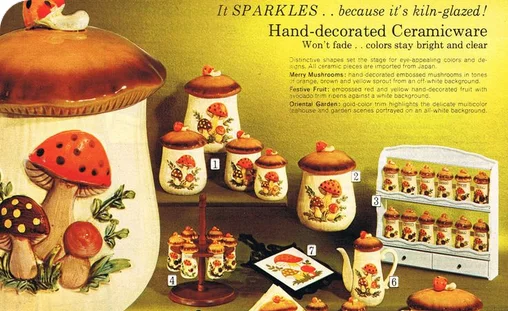
Table lamps in the shape of oversized mushrooms—typically with plastic or glass caps in orange, red, or white hovering over ceramic stems—lit up countless ’70s living rooms with their distinctive glow. These fixtures perfectly embodied the decade’s fascination with organic forms interpreted through synthetic materials, creating statement pieces that defied traditional lamp design conventions. The mushroom shape wasn’t confined to table models; floor versions with massive caps brought this fungal aesthetic to grander scale, sometimes incorporating additional smaller mushrooms clustering around the main stem.
What made these lamps particularly distinctive was their dimensional glow—light diffused through colored caps to create atmospheric illumination rather than practical task lighting. These lamps weren’t designed to help you read; they were mood setters, conversation pieces, and declarations that your home embraced the era’s playfulness with form and color. Today’s vintage market has rediscovered these biomorphic beauties, with authentic specimens commanding impressive prices among collectors who appreciate their whimsical charm—though contemporary interiors typically limit themselves to one statement mushroom rather than the forest of fungal lighting that characterized their original context.
8. Massive Console Stereos
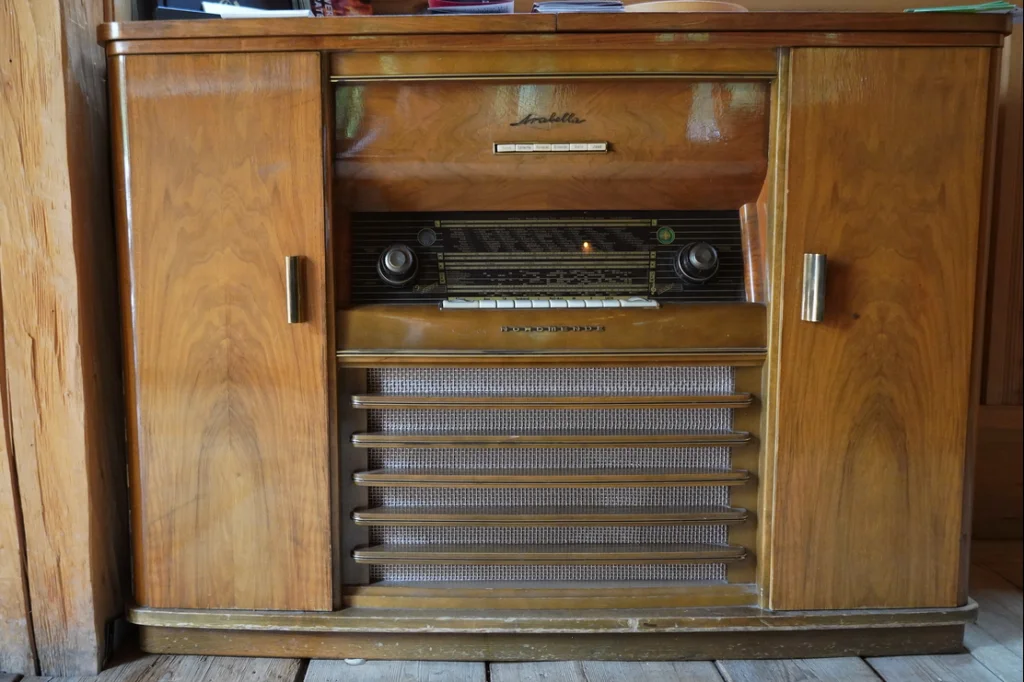
The entertainment center of the ’70s home was often a behemoth console stereo system—a substantial piece of furniture housing turntable, radio, and speakers behind hinged doors or fabric panels. These wooden monuments to music occupied premium wall space in living rooms across America, some stretching six feet or more in length with storage for records built into their imposing structures. Manufacturers added visual appeal with decorative details like elaborate speaker grilles, LED tuning displays, and control panels featuring rows of sliders and knobs that suggested technical sophistication.
The sound quality rarely matched the visual promise of these furniture-first audio systems, but their presence announced that your home was equipped for serious entertainment. Some deluxe models included built-in 8-track players, microphone inputs for impromptu karaoke sessions, or even rudimentary sound-activated light displays that pulsed along with the music. Today, when powerful audio systems can disappear into a room’s architecture or exist entirely as software, these musical credenzas seem almost comically oversized and underperforming—relics of an era when technology needed to be prominently displayed rather than invisibly integrated.
9. Hanging Wicker Chairs
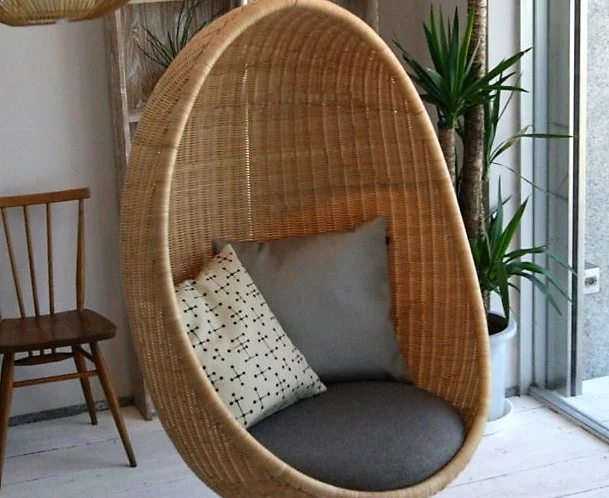
Nothing declared bohemian sophistication in a ’70s living space quite like a hanging chair suspended from the ceiling—preferably crafted from wicker or rattan and sporting colorful cushions in vibrant patterns. These swinging seats promised a floating experience that conventional furniture couldn’t match, though the reality often included concerns about ceiling joist strength and the occasional tipping mishap when users attempted to enter or exit with insufficient care. Their distinctive egg or teardrop shapes created instant visual impact, transforming ordinary corners into designated relaxation zones that hinted at counter-culture coolness.
The aesthetic appeal of these suspended seating options was unfortunately counterbalanced by their practical limitations—they accommodated only one person, took up substantial space both physically and visually, and created cleaning challenges as dust collected in their intricate woven patterns. The hanging mechanism represented a permanent commitment to furniture placement that today’s flexible living arrangements rarely accommodate. Contemporary design’s occasional nod to these iconic chairs typically involves significantly sturdier stands rather than ceiling mounts, acknowledging both structural concerns and modern preferences for furniture that can be repositioned without contractor assistance.
10. Smoked Glass and Chrome Furniture
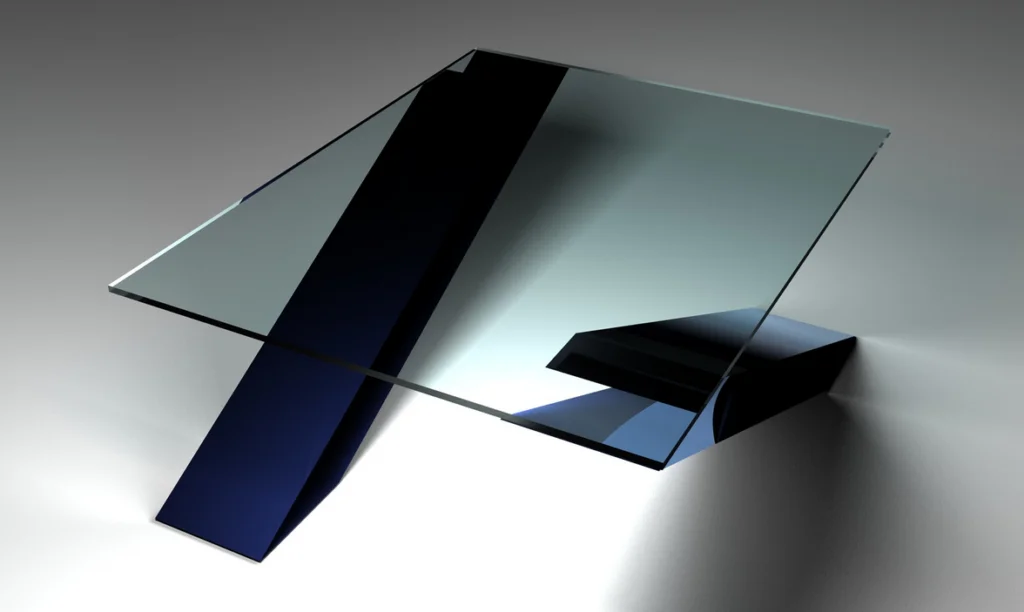
The ’70s vision of futuristic sophistication materialized in dining tables, coffee tables, and etageres constructed from smoke-tinted glass supported by gleaming chrome tubes. These pieces replaced traditional wood furniture with an aesthetic that seemed lifted directly from space-age fantasies, their transparent surfaces creating the illusion of visual lightness despite substantial physical presence. Dining tables in particular embraced this material combination, often featuring round glass tops floating on star-shaped chrome pedestals that dominated eating areas with their sculptural forms.
The practical downside of this furniture style became immediately apparent to owners: fingerprints showed dramatically on both the glass and chrome elements, requiring constant polishing to maintain their showroom appearance. The glass edges, while typically beveled for safety, still presented concerns for households with children, and the cold, hard surfaces amplified every dish clatter and silverware clang during meals. Modern eyes now recognize these pieces as quintessentially ’70s rather than timeless, though vintage specimens in good condition have found new appreciation among collectors seeking authentic period statements for contemporary interiors with ironic retro flair.
11. Plastic Modular Furniture
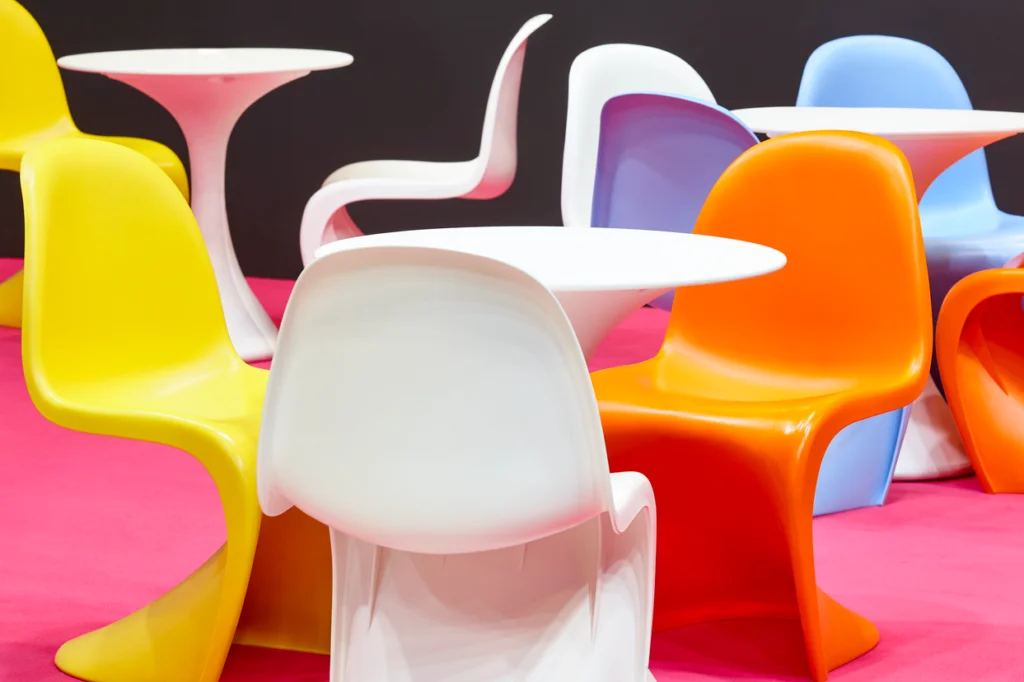
The ’70s embraced plastics as the material of the future, resulting in furniture pieces molded into organic shapes impossible to achieve with traditional materials. Chairs shaped like eggs, balls, or abstract forms dominated avant-garde interiors, often in bold primary colors or crisp white that represented the decade’s optimistic embrace of synthetic innovation. Interlocking modular systems allowed for customizable seating configurations that emphasized casual living and rejected formal furniture arrangements, perfectly complementing the era’s relaxed social attitudes.
What consumers gradually discovered was that plastic furniture could be surprisingly uncomfortable, creating sweaty contact surfaces in summer and cold ones in winter, while developing stress cracks at weight-bearing points despite promises of durability. The material’s tendency to yellow with age and exposure to sunlight meant that vibrant orange chairs slowly transformed into unintentional ombré pieces regardless of care regimens. Despite these practical drawbacks, the best designs from this era—particularly those from Italian and Scandinavian creators—have achieved legitimate classic status, their revolutionary forms now displayed in design museums alongside furnishings from more traditional materials.
12. Mirrored Walls
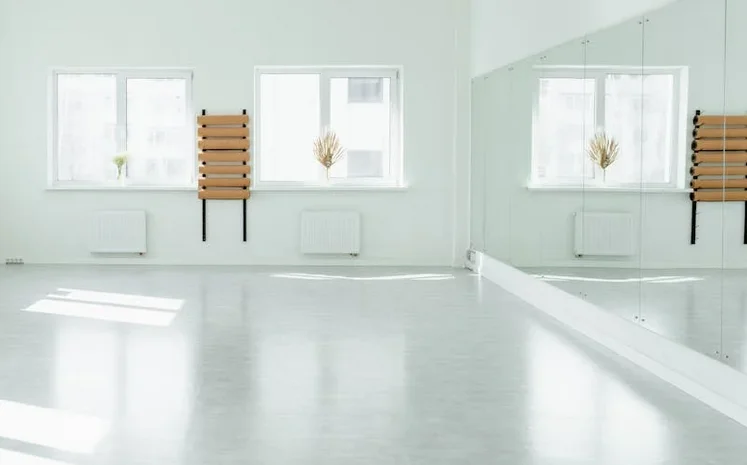
Nothing said ’70s glamour quite like an entire wall covered in mirrors, creating the illusion of doubled space while allowing homeowners to constantly check their feather-cut hairstyles and wide-collared shirts from any angle. These reflective expanses typically featured smoky tints or decorative patterns etched into their surfaces for additional visual interest, transforming ordinary rooms into what seemed like sophisticated nightclub environments. The mirrored treatment often extended to ceiling panels, particularly in dining areas or master bedrooms, multiplying light fixtures into infinity and creating what was believed to be dramatic atmospheric enhancement.
The practical challenges of these installations became apparent over time: showing every speck of dust, fingerprint, and cleaning streak; creating disorienting effects for guests unfamiliar with the layout; and presenting significant hazards during earthquakes or other home emergencies. The excess of self-reflection these walls provided eventually fell from favor as interior design shifted toward more subtle effects and warmer textures. Today, home renovation shows regularly feature the removal of these mirror installations, typically accompanied by homeowner comments about dating nightmares conducted under the unforgiving scrutiny of full-room reflection—a fitting metaphor for how we now view many ’70s design choices through the clarifying distance of time.
Looking back at these iconic trends from our contemporary perspective inspires both nostalgic amusement and genuine appreciation for the bold experimentation that characterized 1970s interiors. Today’s design sensibilities may favor cleaner lines, neutral palettes, and subtle statements, but they lack some of the personality and playful risk-taking that made ’70s spaces so memorable. Perhaps the wildest thing about these design choices isn’t how outlandish they seem now, but how sincerely we embraced them as the height of sophistication and style in their day—a humbling reminder that today’s carefully curated interiors will likely prompt similar reactions from future generations scrolling through our Instagram-perfect homes with the same mixture of fascination and disbelief.


